Bronze die Fileja calabrese
32,90 € incl. VAT plus shipping costs
Bronze die Fileja calabrese
32,90 € incl. VAT plus shipping costs
EAN: 8068056985476
Bronze die Fileja calabrese.
The unmistakable trademark of Calabria's cuisine is the Fileja calabrese. It is a very special pasta format. When I think of Fileja, I inevitably have an image in my mind of a nonna (grandma) who spoils her loved ones with these noodles Sunday after Sunday. Handcrafted, it takes a lot of work and craftsmanship. The dough is kneaded, divided into small dough sausages, these are pressed into a knitting needle and then rolled. And this noodle by noodle. To get a better idea of it, please take a look this video, around minute 2 you can see how they are rolled out.
This knitting needle is called “Ferretto” in Italian. This is why these pastas are also called Fileja Calabresi al ferretto or Fusilli Calabresi al ferretto.
Ultimately, the Filejas belong to the Fusillis family: Fusillis have their origins in southern Italy. At some point they began to wind pasta in a spiral to dry it, just like you do with these Fileja.
The good news: With this die it is not nearly as time-consuming as manual production. On the contrary, the Filejas run through the machine quite quickly. And you don't have to make noodle by noodle; three noodles come out at the same time.
Pasta insert for Kenwood AT910, AX910, KAX910ME, PP510, KAX92.AO, KAX91.A0ME.
With an adapter, the matrix can be used in many other pasta machines, e.g. Philips Pastamaker Avance, Philips Viva, KitchenAid, Simac, Ariete, Unold, La Fattorina, Firmar, TR50, Häussler, Korngold, Omega.
The matrix is supplied together with a transparent transport protection box.
Why bronze:
Bronze dies were the traditional way of making pasta. The pasta made “al bronzo” can only be found rarely and usually only in selected delicatessens.
By pressing the pasta dough through the bronze matrices, the surface of the pasta is slightly roughened at the same time, making the pasta easier to grip. This allows the pasta to better absorb the sauce, flavors and spices later on. Would you like to learn more about bronze matrices? Then we recommend this article to you here.
Recipe:
It is recommended to use durum wheat semolina, enough cold liquid such as water and/or egg. The dough should be kneaded for about 8-10 minutes, this is the only way the gluten from the durum wheat can fully develop. The result should be a moist, crumbly dough. You can find a standard recipe for our matrices here.
The matrices can also be used to produce gluten-free pasta.
Sustainability:
The format of the pastide matrices was originally designed for the Kenwood Pastafresca. By using reducing rings, the bronze matrices can be used on almost all other common pasta machines. All you need is an adapter that fits the machine.
This means that even if over time the pasta machine is replaced by another model due to a defect or for other reasons: the bronze matrix remains and can continue to be used in the future.
Please note:
Please note that the matrices may have small dark spots due to the material and production. This is due to the material and does not affect the function in any way. The matrices are not dishwasher safe. Should be dried immediately after cleaning to avoid water stains.
Bronze die Fileja calabrese.
The unmistakable trademark of Calabria's cuisine is the Fileja calabrese. It is a very special pasta format. When I think of Fileja, I inevitably have an image in my mind of a nonna (grandma) who spoils her loved ones with these noodles Sunday after Sunday. Handcrafted, it takes a lot of work and craftsmanship. The dough is kneaded, divided into small dough sausages, these are pressed into a knitting needle and then rolled. And this noodle by noodle.
This knitting needle is called “Ferretto” in Italian. This is why these pastas are also called Fileja Calabresi al ferretto or Fusilli Calabresi al ferretto.
Ultimately, the Filejas belong to the Fusillis family: Fusillis have their origins in southern Italy. At some point they began to wind pasta in a spiral to dry it, just like you do with these Fileja.
The good news: With this die it is not nearly as time-consuming as manual production. On the contrary, the Filejas run through the machine quite quickly. And you don't have to make noodle by noodle; three noodles come out at the same time.
Pasta insert for Kenwood AT910, AX910, KAX910ME, PP510, KAX92.AO, KAX91.A0ME.
With an adapter, the matrix can be used in many other pasta machines, e.g. Philips Pastamaker Avance, Philips Viva, KitchenAid, Simac, Ariete, Unold, La Fattorina, Firmar, TR50, Häussler, Korngold, Omega.
The matrix is supplied together with a transparent transport protection box.
Why bronze:
Bronze dies were the traditional way of making pasta. The pasta made “al bronzo” can only be found rarely and usually only in selected delicatessens.
By pressing the pasta dough through the bronze dies, the surface of the pasta is slightly roughened and the pasta becomes more grippy. This allows the pasta to absorb the sauce, flavors and spices better later
Recipe:
It is recommended to use durum wheat semolina, sufficiently cold liquid such as water and/or egg. The dough should be kneaded for about 8-10 minutes so that the gluten from the durum wheat can fully develop. The result should be a moist, crumbly dough. We recommend the following standard recipe for our matrices:
Ingredients:
250 g durum wheat semolina or Semola rimacinata
Choose ONE of the following ingredients:
100 ml cold water or
110 ml liquid consisting of two eggs, the rest of the water, lightly whisked
Patterns:
Please only use cold liquids.
Avoid flour, replace it with semolina.
Use binding agents such as xanthan gum, gluten, etc. only to a limited extent, a maximum of 1 teaspoon per 500 grams of dry ingredients. Otherwise the dough will be too firm and the dies could break.
If you knead the dough for longer or let it rest, the gluten will develop on its own.
You can recognize a good pasta dough by the fact that it is moist and crumbly.
The matrices can also be used to produce gluten-free pasta.
Sustainability:
The format of the Pastidea matrices was originally designed for the Kenwood Pastafresca. By using reducing rings, the bronze matrices can be used on almost all other common pasta machines. All you need is an adapter that fits the machine.
This means that even if over time the pasta machine is replaced by another model due to a defect or for other reasons: the bronze matrix remains and can continue to be used in the future.
Storage:
Do you have several bronze matrices and are you looking for storage to protect the matrix from dust and darkening due to the effects of light? Then we recommend our storage systems, which you can also find in our range.
Please note:
Please note that the matrices may have small dark spots due to the material and production. This is due to the material and does not affect the function in any way. The matrices are not dishwasher safe. Should be dried immediately after cleaning to avoid water stains.
| Weight | 0,15 kg |
|---|---|
| Size | 8x7x3,5 cm |
| Color | |
| Brand | Pastidea |
| Material | |
| Matching machines | Versatile, without adapter: Kenwood or with adapter: Philips Pastamaker Avance, Philips Viva, KitchenAid, Simac, Ariete, Unold, La Fattorina, Firmar, TR50, Häussler, Korngold, Omega |
| Dishwasher safe | |
| adapter required |
you have to be logged in to be able to give a rating.

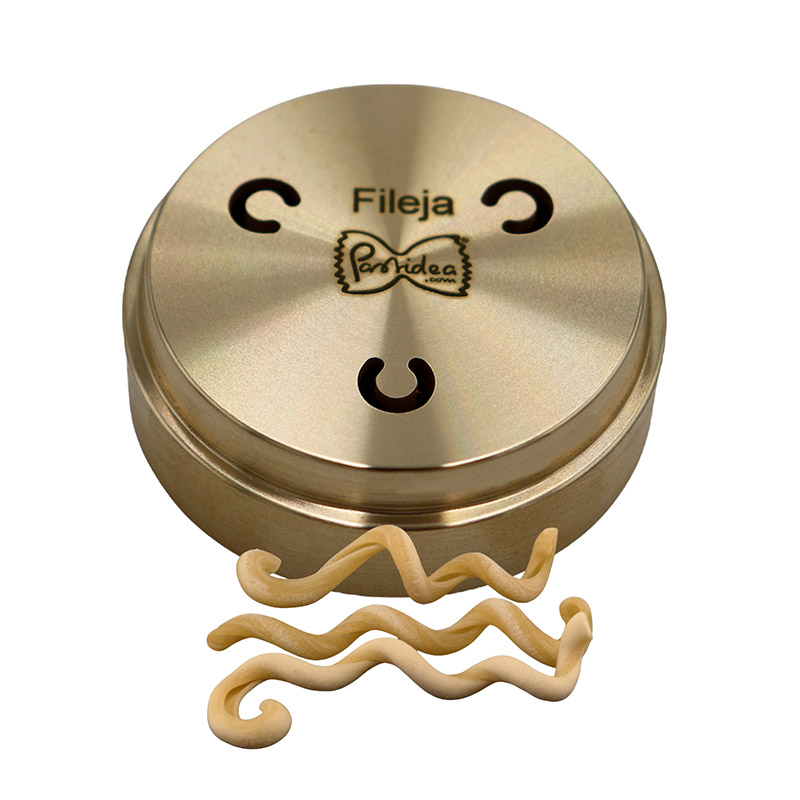
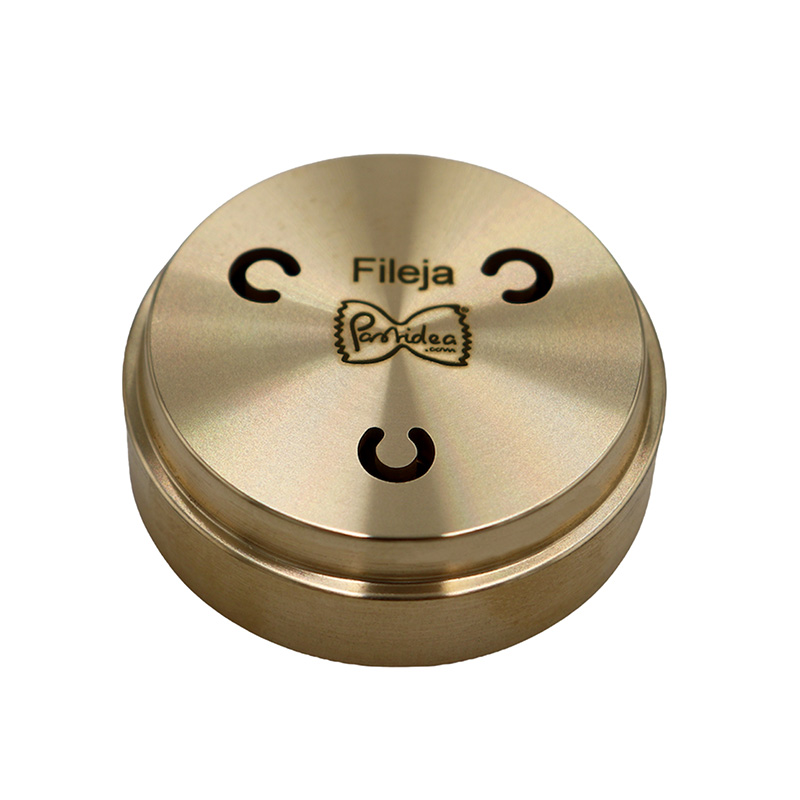
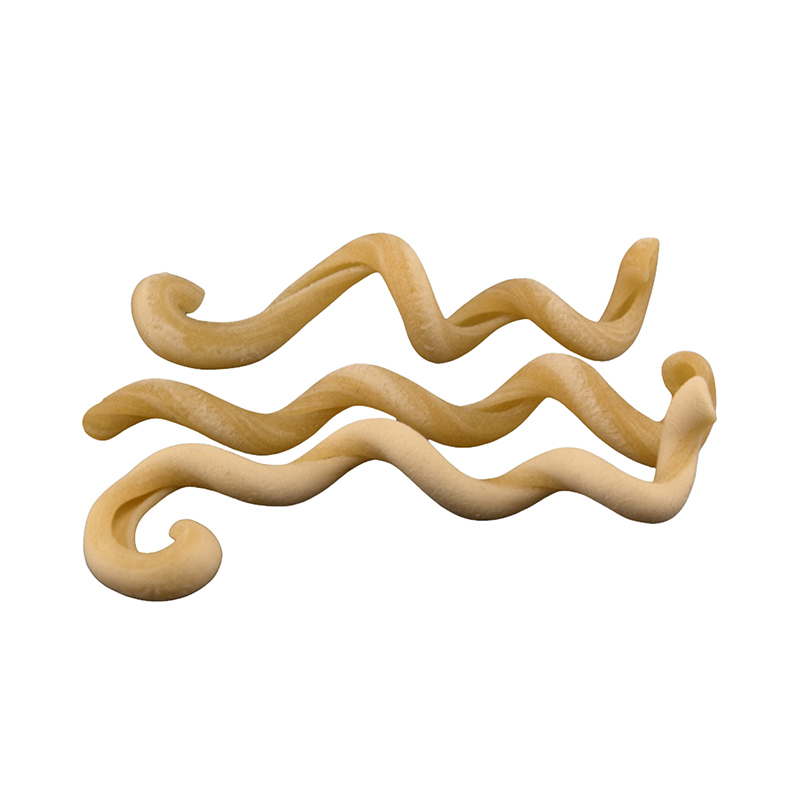
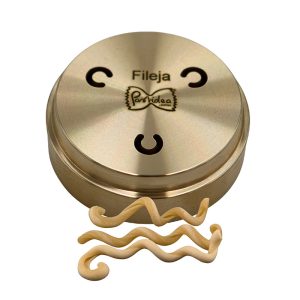
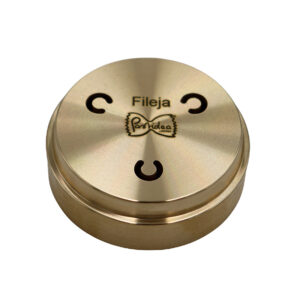

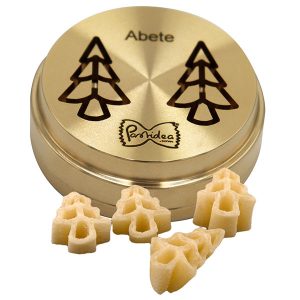
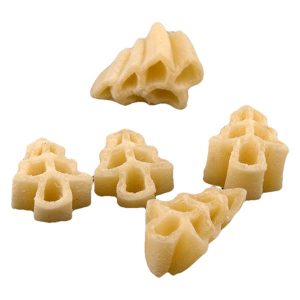
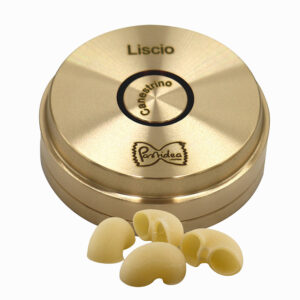
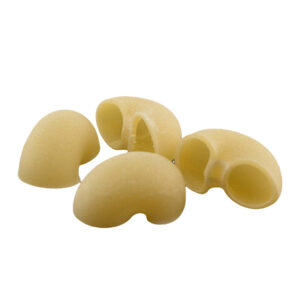
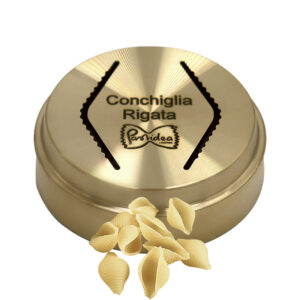
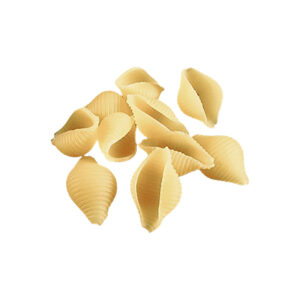

Reviews
There are no reviews.